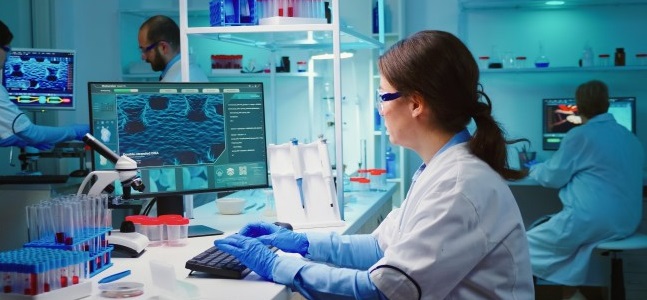Traditional paternity tests require samples from both the child and the alleged father because the laboratory compares their DNA to check how much they match each other. Some people ask questions about whether it is possible to do a paternity test without the father knowing.
Yes, that’s possible. However, you cannot use that result for legal purposes. For legal purposes, you need consent from the father. There are several situations where a father might be unavailable or unwilling to participate in a DNA test:
Can you do a DNA Test without the Father?
There are situations in which the father might be unavailable or unwilling to participate in the DNA test. Father may be unavailable when he has passed away, he may be missing, and it is not known where he is, or he may be suffering from a serious disease such as a coma and can’t provide consent for the legal process.
Sometimes, he may be unwilling to provide a DNA sample or consent because he may fear that he has to provide child support. There may be some relationship issues between mother and father.
In such a situation, we can’t obtain a DNA sample from the father. However, there are other alternatives which we can use to establish paternity.
How to do a DNA test without Someone Knowing
We can conduct a DNA test without the father’s involvement or knowledge by using the DNA of a sibling or opting for a discreet DNA test. However, if the father is present but not willing for a DNA test then we can get a court-ordered paternity test.
Sibling DNA test without Parents:
This test compares the DNA of the child and a sibling (full or half)to see if they share a biological parent. However, the result can’t help to establish paternity because it only shows the child and sibling share a parent, not the specific father. The children may have different fathers as well. And in such a situation, an exact father will still be in question.
Discreet DNA test:
If the alleged father does not provide a sample, then you can use his hair, toothbrush, nails, and other objects, which you read about in our topic, Discreet DNA testing. But if there are multiple alleged fathers, then you will need the objects of all fathers that have DNA on them to get accurate results. It is important to keep in mind that discreet DNA testing is not a good choice ethically and legally.
Father DNA is necessary to establish Paternity:
We inherit half our DNA from our mother and the other half from our father. This DNA acts like a unique genetic fingerprint for each individual. By comparing specific regions of the child’s DNA with the alleged father’s DNA, specialists can look for matching patterns. If they match 50%, then it is sure that they have a father-child relationship.
Let’s say a section of the child’s DNA has a specific sequence of A, C, T, and G (the building blocks of DNA). If the alleged father also has that same sequence in the same region, it strengthens the possibility that he is the biological father. The more matches they have across different regions, the higher the probability of paternity.
Therefore, having samples from both parties allows for this direct comparison and increases the test’s accuracy in determining biological fatherhood.
Conclusion:
A paternity test needs DNA samples of both the child and the alleged father to establish paternity. However, the father may not be available or willing to give a sample for a DNA test. Then you can seek a court order for a paternity test or use a sibling and Discreet DNA test. However, sibling and Discreet DNA tests may not provide accurate results or are not legally accepted.




